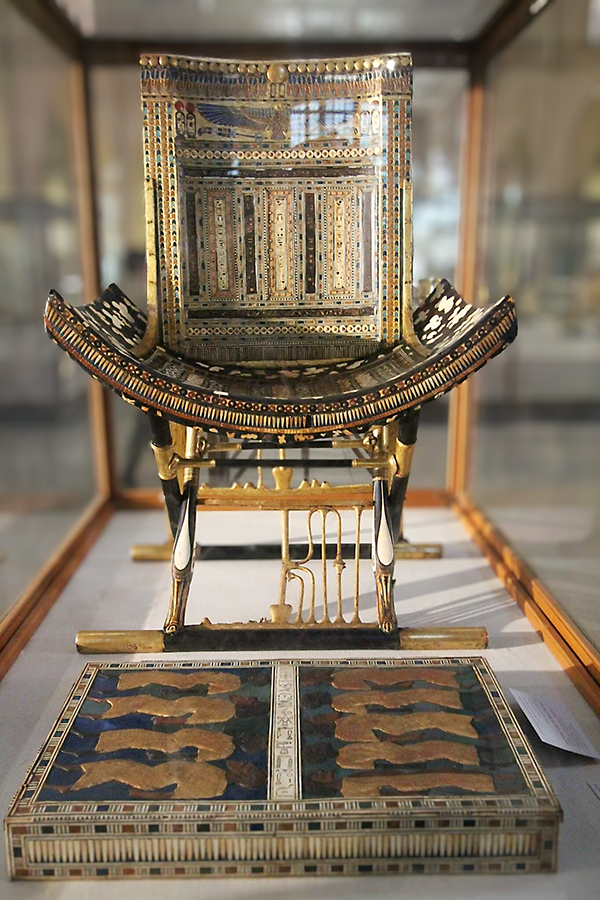
Bible, History, Archaeology
Bible,
History,
Archaeology
Gilgal,
place of celebration
Foot-shaped sites.
Early Iron Age Israel in the Jordan Valley
Contents:
The sources – Image of the sole of the foot – What is Guigal? – Localization through archaeology – The image of Mount Ebal – The symbolism of this shape – Ownership of a territory – The link between people and country – Victory over enemies – Representing the Temple – Other concepts – Alyah Laregel – Conclusion
The sources
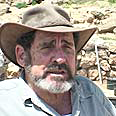
Former Chairman of the Department of Archaeology at the University of Haifa, in charge of the mission from 1978 onwards The Manasseh Hill Country Survey in Samaria, Professor Adam Zertal, emeritus researcher, was a specialist in the history of the biblical books of Joshua, Judges and Deuteronomy.

Zvi Köenigsberg worked alongside the late Professor Adam Zertal throughout the Ebal excavations (1982-1988). His long-standing mentors include Professors Benjamin Mazar and Yair Zakovitch.
Z. Köenigsberg is the author of the book The Lost Temple of Israel, Academic Studies Press, Boston, 2015.
«Any region that the sole of your foot, I give it to you, as I declared to Moses. (Joshua 1,3).
«...he said to me: Son of man, this is the place of my throne, the place where I will set the soles of my feet ; I will dwell there forever among the children of Israel...». (Ezekiel 43:7).
During the years 1996-2008, five major sites were discovered and archaeologically excavated in the Jordan Valley, the Thirtsa stream and Mount Ebal. They range in size from 6,000 to 15,000 m2, are surrounded by a low stone wall, and are all shaped like gigantic soles (or sandals). They are all located on flat ground. For this reason, their particular shape cannot be attributed to topography, but must be linked to a symbolism behind which lies an idea or ideology.
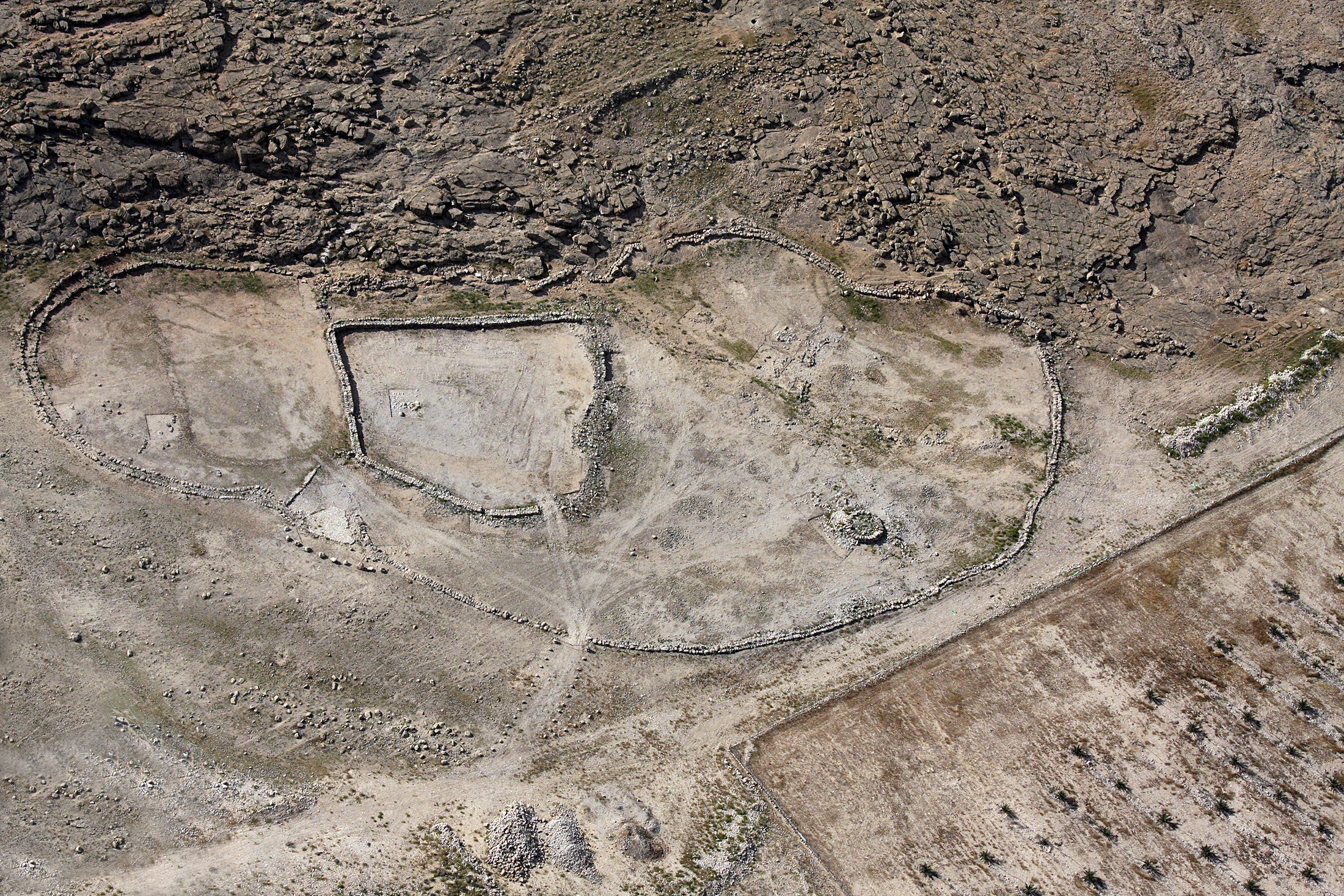
An important site of an uncovered foot-plant 169 meters long by 88 meters wide, located at Bedhat esh-Shaʿab, in the Jordan Valley near the village of Argaman © Adam Zertal/University of Haifa.
What is a guilgal ?
The Story
In the Bible, Gilgal is the site where the Israelites set up their first camp after entering the Land of Israel (Joshua 4:19) «... to the east of Jericho... ». Joshua erected twelve stones from the Jordan, which the Children of Israel had crossed on dry land (Joshua 4:20). Here the Israelites celebrated the first Passover in the Land of Israel (Joshua 5:10). The generation born in the desert is circumcised here. The camp serves as a base for Joshua's campaigns in Canaan. The site continues to be mentioned in the book of the prophet Samuel, who went there every year as he did to Bethel and Mizpah to administer justice. This name is borne by at least three different sites.
Gilgal was one of the sanctuaries in Ephraim's territory, along with Shilo and Bethel.
Its meaning
The etymology of the name guilgal explains its «mobility». Most Bible translations translate הַגִּלְגָּל as a proper noun, guilgal, but Hebrew uses a definite article (הַ) before the word (גִּלְגָּל), implying that it is more a description than a proper noun. The word guilgal means «circle» or, as suggested by the Hebrew and Aramaic lexicon of the Old Testament (HALOT), «circle of stones».
Thus, there are several guilgal because there are several sites surrounded by a kind of low stone wall. When the text says the guilgal, then it probably means something like the nearest guilgal. This usage is therefore similar to the way people can now say, «I'm going into town today» - the particular town varies according to the location of the speaker.
Archaeology helps us to locate these various guilgal :
El-Unuq
An early Iron Age site known as el Unuq (Arabic for «the necklace») is located in the Thirtsa Valley, not far from Shechem, a few kilometers from the Jordan River. It is an oval site, surrounded by stones. As Zvi Köenigsberg points out, looking west from el-Unuq, it's easy to see the el-Burnat cult site on Mount Ebal, facing Mount Gerizim. Consequently, Adam Zertal identified it with the guilgal of Deuteronomy 11:30, which lies directly opposite Mount Ebal.
Although no guilgal has yet to be identified near Jericho, at least four and possibly five others have been uncovered in various parts of the Jordan Valley and Israelite mountain region:

An important site called Bedhat esh-Shaʿab, 169 meters long and 88 meters wide, is located in the Jordan Valley near the village of Argaman.
Image opposite: drawing of the sole of the foot Bedhat esh-Shaʿab / Argaman, courtesy of Aaron Lipkin.
Masua
To the southwest of Bedhat esh-Shaʿab lies another site of guilgal, near the Masu'a colony.
Yafit
Just to the south-east of the Mesua site is another oval-shaped village, near Yafit.
Shaʿab Rumani
Also known as Gilgal Binyamin, it is the smallest of the sites in guilgal. It was discovered on the western side of Wadi al-Makuk, slightly south of the Rimmonim settlement. It is probably the guilgal mentioned in 1 Samuel 7:16, as one of the stops on the prophet Samuel's circuit.
El-Burnat
Finally, Zvi Köenigsberg suggests that el-Burnat, the place of worship on Mount Ebal, is also a kind of guilgal, even if the Bible doesn't call it that.
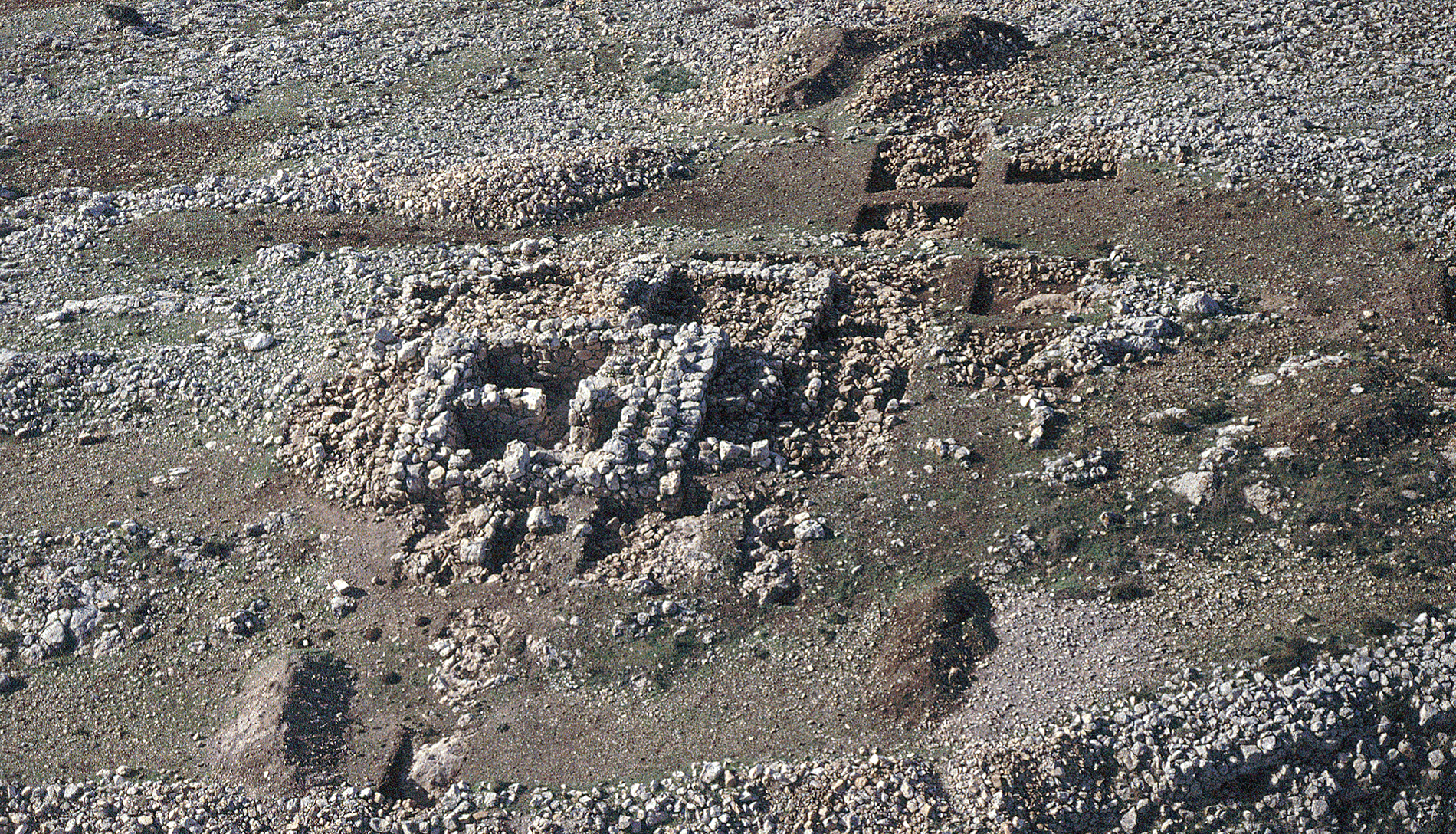
General aerial view of the site after removal of the stone covering that concealed the structure. Mount Ebal altar. Adam Zertal, Department of Archaeology, University of Haifa.
Apart from these sites, no sites with the shape of the sole of the foot have been discovered, either in the Land of Israel or in other regions of the Ancient East. These sites were uncovered as part of a research project on Mount Manasseh: this archaeological and historical research project, spanning the last thirty years, is located in Samaria and the Jordan Valley (The Manasseh Hill Country Survey). A complete survey of approximately 3,000 square kilometers in northern and central Samaria and the Jordan Valley 1. It is organized by the University of Haifa under the direction of Adam Zertal. The project is ongoing. To date, six volumes of proceedings from this research project have been published (see bibliography).
1. A total of 1,532 sites were inventoried, of which 88 % were new, over four seasons of excavation, the first in October 1982, two in 1983, and the last in the summer of 1984. These investigations were repeated in 1985, 1986, 1987, 1988 and 1989. In 1989, objects dating from the late Bronze Age were unearthed.
 Image opposite: location of the five Gilgal sites in the Jordan Valley.
Image opposite: location of the five Gilgal sites in the Jordan Valley.
Torah.com.
In the course of this project, other discoveries were made, which were also followed by excavations: that of the Zealot city of Narbata, the city of the Sea Peoples near the Eiron stream («the grove of peoples»), Joshua's altar on Mount Ebal, near the present-day city of Nablus (Shechem), etc. Three of the so-called «sole of the foot» sites have been excavated, and one has been reconstructed (Gilgal Argueman). What they all have in common is their date of foundation: the 12th and 13th centuries BC, which should correspond to the entry of the tribes of Israel into the land of Canaan via the Jordan River.
The symbolism of this shape
Extensive research has shown that the source of this form can be found in Pharaonic Egypt. Starting with the «Pyramid writings», in the 3rd century BC, the phrase «to trample» appears hundreds of times, in the sense of «to subdue one's enemies», as well as «to control».
An example: « The land of Punt, a land untrodden by the god (Pharaoh) » to the time of Queen Hatshepsut (circa 1453-1419 BC).
 Image opposite: in Tutankhamun's hypogeum, the pharaoh's funerary chair unearthed in 1922 in the Valley of the Kings. It features a footboard engraved and painted with the nine traditional enemies of ancient Egypt. Theo Truschel/Musée égyptien du Caire.
Image opposite: in Tutankhamun's hypogeum, the pharaoh's funerary chair unearthed in 1922 in the Valley of the Kings. It features a footboard engraved and painted with the nine traditional enemies of ancient Egypt. Theo Truschel/Musée égyptien du Caire.
«... The Lord said to my lord: Sit at my right hand, and I will make your enemies your footstool. » (Psalms 110:1).
According to Adam Zertal, it seems that the Children of Israel imported this concept into Canaan and radicalized it. We must link this fact to the departure from Egypt and the Egyptian influence on the beginnings of Israel.
The meaning of the sole of the foot is as profound as it is diverse in the biblical text. It can be divided into four main groups:
- ownership of a territory; ;
- the link between the people and the land of Israel through the sole of the foot; ;
- victory over enemies through the sole of the foot; ;
- the representation of the Temple as the sole of God's foot.
A number of biblical passages indicate ownership of a territory
« Any region where will rest on the soles of your feet will be yours from the desert to Lebanon, from the river Euphrates to the western sea, will be your territory. ». (Deuteronomy 11:24).
« Any region that tread on the sole of your foot, I give it to you, as I declared to Moses »(Joshua 1:3).
« Do not attack them! For I will not give them to you from their country, even sole width, to Esau whereas I have given Mount Seir as an inheritance »(Deuteronomy 2:5).
The sole of the foot, an expression hitherto interpreted metaphorically, is here understood as a sign of divine ownership. This is consistent with the idea that the Temple site is the place where the divine foot treads. The last quotation refers to the land of Edom and Israel's prohibition against settling there, from which we can deduce that the notion has a particular meaning for Israel.
The link between the people and the land of Israel
« I will no longer Israel's footsteps wander far from the land I gave to his ancestors, provided he scrupulously fulfills my commandments and all the law my servant Moses commanded him. »(2 Kings 21:8).
«I will not no longer Israel's footsteps of the land I assigned to your fathers, provided they scrupulously fulfill what I have commanded them, all the law, statutes and precepts handed down by Moses. »(2 Chronicles 33:8).
« And among these very nations, you will find no rest, not a support for the sole of your foot ; there, the Lord will give you a distraught heart, put faintness in your eyes, anguish in your soul »(Deuteronomy 28:65).
In the book of Deuteronomy, exile is seen as a place where, unlike the land of Israel, the people will not rest.

Walking through the land makes it Abram's property. A similar process is evident in the beginning of the book of Joshua, where YHWH commands him, «... Prepare to cross the Jordan, with all this people, to enter the land I am giving to the children of Israel. I give you every place your foot will tread, as I said to Moses.» (Joshua 1:2-3). Adam Zertal/University of Haifa.
Victory over enemies
This concept, unlike the previous ones, is not unique to Israel, but is widespread throughout the countries of the Ancient East.
« You know that David, my father, was unable to build a house in honor of the Lord his God, because of the wars that his enemies continually stirred up against him, until the Lord had them set under his feet »(1 Kings 5:17).
« Kings will be your nursemaids, and their princesses your nursemaids; their foreheads to the ground will bow before you, and they will kiss the dust from your feet. And you will know that I am the Lord, who never deceives the expectation of those who hope in me. »(Isaiah 49:23).
« He has subjugated nations to our empire, thrown peoples under our feet »(Psalms 47:4).
So too in Joshua 10:24; 2 Samuel 22:39; Isaiah 60:14; Psalms 8:7; Malachi 3:21, etc.
Representing the Temple
The biblical authors« own conception of the subject no doubt stems from the existence of ancient »foot plants":
« The glory of Lebanon will flow to you, cypress, elm and boxwood, all its woods together, to adorn the place of my sanctuary, to honor the place where rest my feet »(Isaiah 60:13).
« Thus says the Lord : « Heaven is my throne and the earth my footstool : what kind of house you could build for me, what kind of place I could live in (Isaiah 66:1).
«He said to me: «Son of man, this is the site of my throne, the place where the soles of my feet rest, where I will dwell forever among the children of Israel. Henceforth the house of Israel will no longer profane my holy name...» (Ezekiel 43:7).
So too in Exodus 24:10; Psalms 99:5; 110:1; 132:7; Lamentations 2:1; 1 Chronicles 28:2 etc.
The Temple is seen as the sole of the divine foot. Note the novelty of this conception.
Other concepts
The discovery of the «sole of the foot» sites sheds new light on the beginnings of Israel and the early Jewish religion.
« Three times a year you'll celebrate festivals (regalim, literally «feet») in my honor. First of all, you shall observe the Feast of Unleavened Bread: for seven days you shall eat Unleavened Bread (as I have commanded you) at the time of the month of Germination, for that is when you came out of Egypt. ; And you shall not appear before me empty-handed. Then the Feast of Harvest, the feast of the first-fruits of your crops, which you have sown in the earth; and the Feast of Ingathering, at the end of the year, when you bring in your harvest from the field. Three times a year, all your males shall appear before the Sovereign, the Lord. »(Exodus 23:14-17).
Cf. also the parallel with the word «understand".« regel-hag (pied-fête)» understood in the literal sense - the ancient feasts were celebrated in additions, in Exodus 34:24.
The command to go up to Jerusalem in order to see God's face has generally been interpreted as a pilgrimage to Jerusalem. We propose to understand the word « regel-hag (pied-fête)» in the literal sense - ancient feasts were celebrated in the sites of «the sole of the foot», which explains the extension of the meaning of the word « regel »(foot) into« hag »(party).
Alyah Laregel
Pilgrimage. Literally: ascent to the foot
The important concept of« Alyah laregel »In the literal sense, this means the ceremonial arrival of the ancient population of Israel, during the first two centuries of its existence (from the crossing of the Jordan to the establishment of the Temple in Jerusalem), at the sites of «the sole of the foot». It's an ascent both to the «sole of the foot» sites and to the feast (« hag ; regel »).
Hug (walk around) - Hag
Around some of the sites, we found paved paths («procession paths») intended for ceremonial walking around the sites. From this, we draw the connection between the verb « hug »and the noun « hag ». A ceremonial march around a site appears several times in the biblical text, for example in Joshua 6:3-5; Psalms 26:6; 48:13; 55:11, etc.
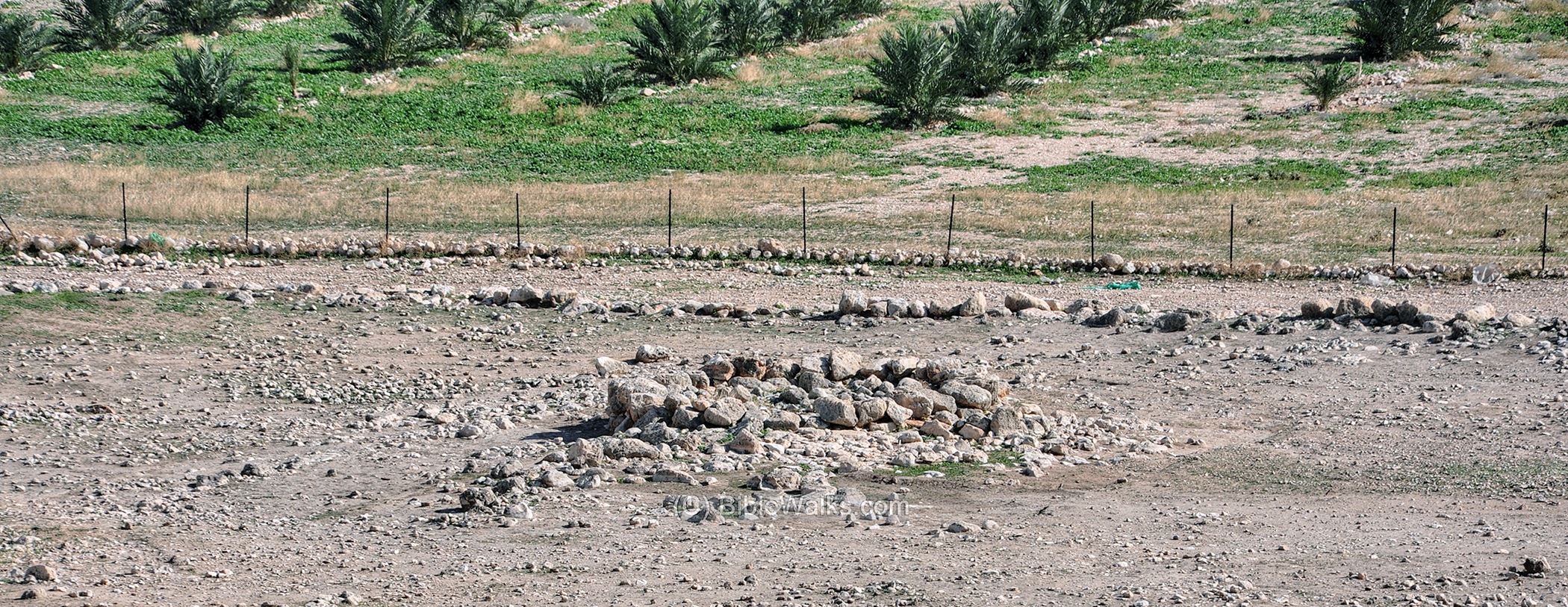
Image above: part of the processional alley used by the Israelites to celebrate certain events in their history. Adam Zertal.
Conclusion
After entering the land of promise, the tribes of Israel built the so-called «sole of the foot» sites, expressing a declaration of possession over the new land. The importance of the sole of the foot, as this motif is developed in the biblical text, appears only in the Bible, and never in any other literature of the time (the term Gilgal appears 41 times in the Bible, Louis Segond version). From this, we can deduce that the archaeological-ethnic link between the sites and the tribes of Israel is almost certain. This discovery sheds new light on the concepts of the «sole of the foot» and their importance in the biblical text. It turns out that the new sites were holy places, and were even considered the place where God trod with his foot. Hence the notions of« regel »(foot, party) and« Alyah laregel »(ascent to the foot). These discoveries also reveal the existence of an organized community with asserted leadership from the very beginnings of Israel's history in Canaan. Despite the diverse origins of the biblical passages in question, the motif of the «sole of the foot» runs throughout the Bible.

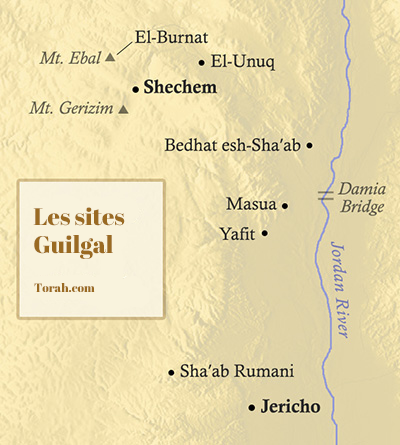 Image opposite: location of the five Gilgal sites in the Jordan Valley.
Image opposite: location of the five Gilgal sites in the Jordan Valley.